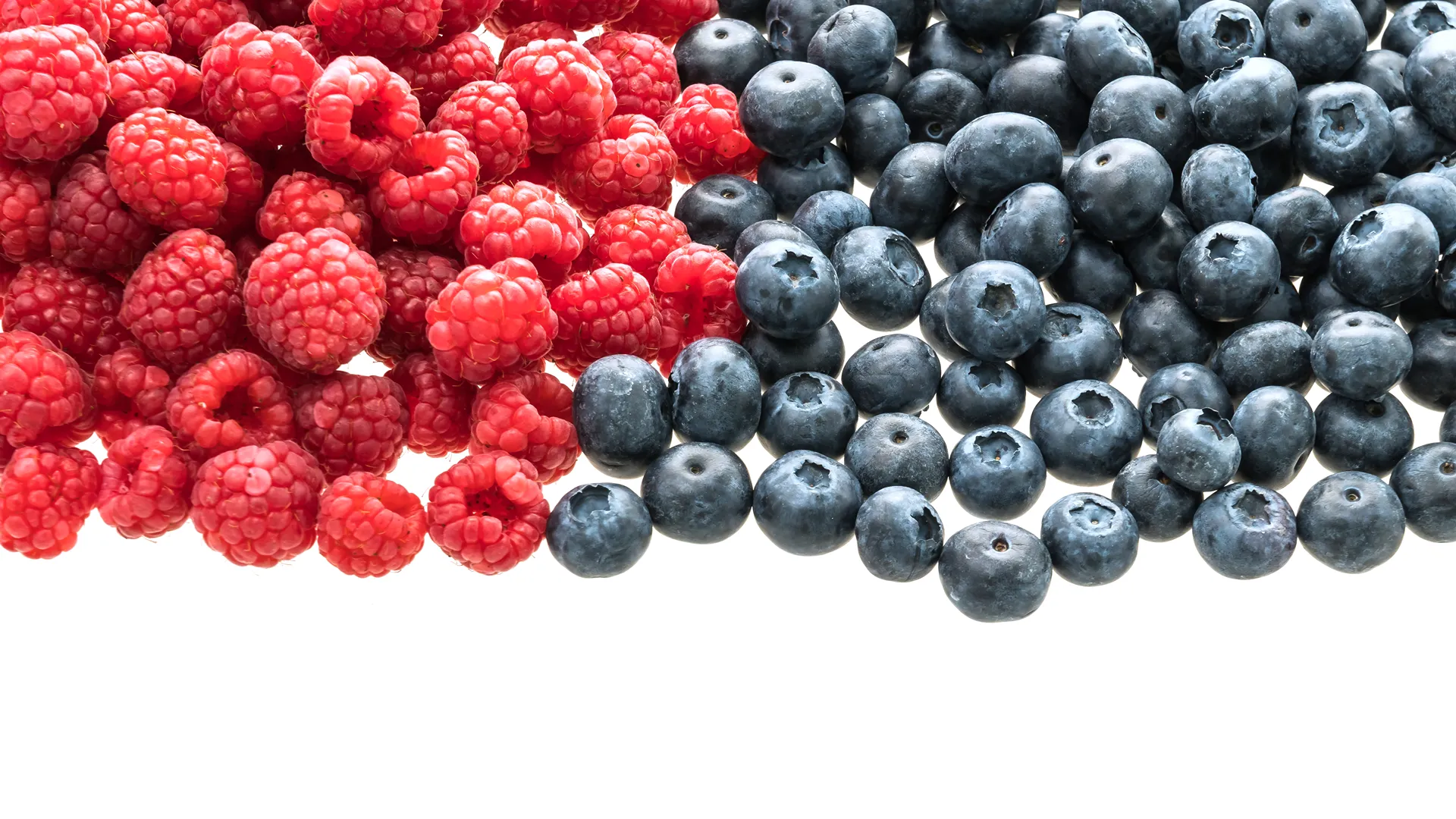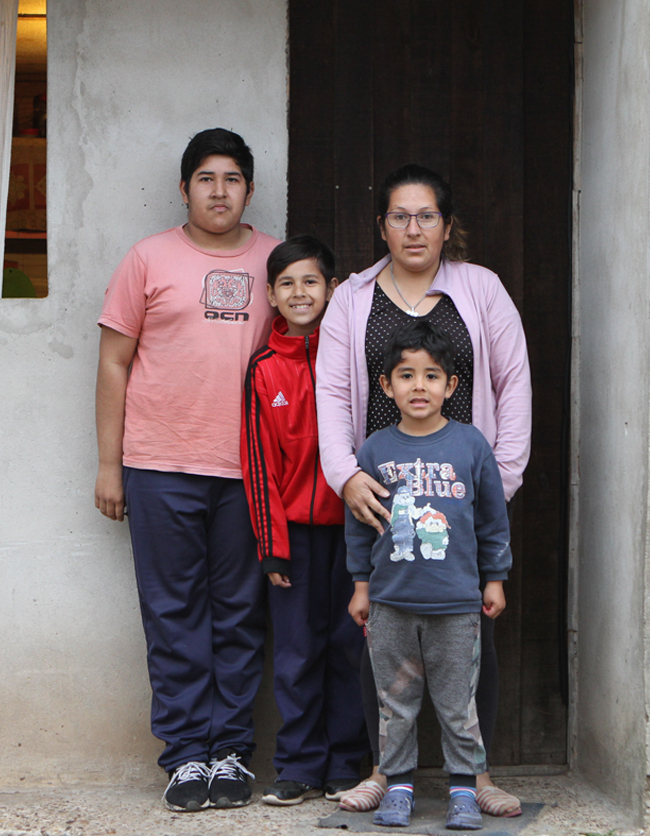Researchers from CAES, the College of Agricultural and Environmental Sciences, examine quality issues of blueberries for Georgia producers. The project will address "major problems" related to fruit quality, particularly of blueberries "rabbiteye.
A multidisciplinary team of agriculture experts at the University of Georgia is working to determine causes and solutions to the post-harvest quality problems that have hit Georgia's blueberries growers hard in recent seasons.
Funded by the College of Agricultural and Environmental Sciences (CAES) Office of Research and UGA Cooperative Extension, the project will address "major issues" related to fruit quality, particularly of blueberries "rabbiteye," one of the two main types of blueberries grown in the state.
"Two main types of blueberries are grown in Georgia : the southern 'highbush' varieties and the 'rabbiteye' varieties, with the rabbiteye varieties having a harvest later in the growing season. Some of our rabbiteye growers and packers have reported problems with fruit quality," said Jonathan Oliver, fruit pathologist and assistant professor in the Department of Plant Pathology at CAES.
"Growers invest a lot of money and time in crop preparation, and when their fruit arrives of lower quality than they expected, it can have a major impact on their profits."
In 2022, the total value of Georgia's blueberries crop was $348.7 million, making blueberries one of Georgia's top 10 agricultural products.
According to the study proposal, blueberries are known to be susceptible to postharvest injury, resulting in softening or splitting of the fruit during harvest, handling and storage. Since fruits appear to grow and ripen properly on the plant during the growing season and even at harvest, discovering reduced fruit quality after harvest is an unpleasant surprise for producers.

"When this happens, the packinghouse has to reject the load or send it to processing instead of the fresh market," Oliver added. "We, as a team, are looking at this issue to try to understand the factors that may be involved, whether it's diseases, horticultural practices or environmental issues that may be contributing to what growers are seeing in the field."
The research team also includes Angelos Deltsidis, assistant professor of post-harvest physiology, and Zilfina Rubio Ames, berries specialist at UGA Extension and assistant professor in the Department of Horticulture at CAES.

By approaching the problem from three perspectives-plant diseases, post-harvest handling and cultivation practices-the multidisciplinary team increases the likelihood of finding a solution.
"Postharvest physiology includes handling practices, horticulture the practices adopted by growers and their impact on fruit quality, and plant pathology examines diseases and possible causes," Rubio Ames said. " blueberries is the most valuable fruit crop in the state of Georgia, so finding solutions for our industry members is critical."

The team began the research by collecting samples from the 2022 harvest and performing laboratory studies on post-harvest transport and storage to determine how fruit quality changes over time after harvest. Further studies will be conducted at the Georgia Blueberry Research and Demonstration Farm in Alma and in collaboration with growers.
Further studies will examine factors affecting pollination, fruit set and development, cultural practices, the potential benefits of more frequent harvest schedules, and the impact of mechanical harvesting on quality.
"We are looking at the whole process, from start to finish, from planting to post-harvest, to see what are the different factors that can lead to this problem that growers have," Oliver added. "This is the investigative work."
Source: Morning AgClips









